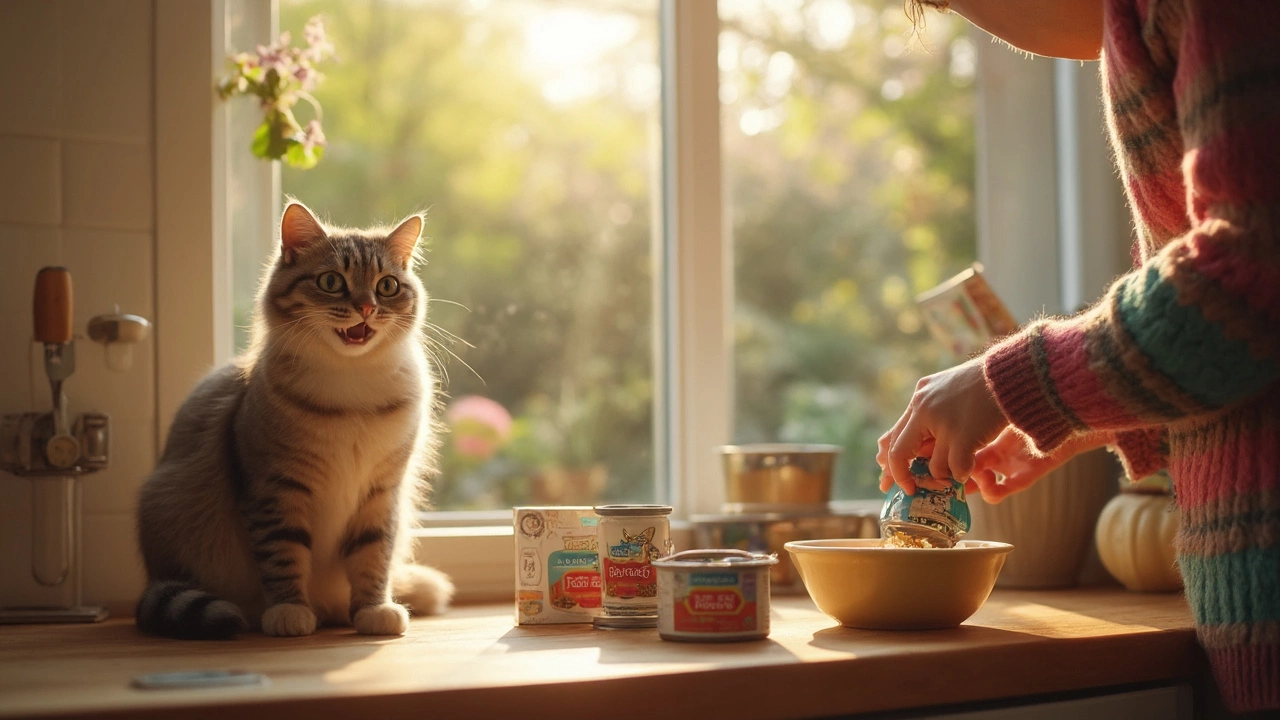10 Pound Cat – Managing Weight and Keeping Your Kitty Healthy
If your cat weighs around 10 pounds, you might be wondering whether that’s normal or a sign of extra pounds. A typical indoor cat usually sits between 8‑10 pounds, so a 10‑pound cat can be on the higher end of the range. The good news is you can take a few easy steps to make sure your feline stays fit, energetic, and comfortable.
Check the Real Weight, Not Just the Scale
First, feel your cat’s ribs. You should be able to feel them without pressing hard. If you can’t, the cat likely carries extra fat. Look at the waistline from above – there should be a slight taper. A visible belly that hangs low is another clue. A quick vet visit can give you an exact body condition score and rule out health issues that cause weight gain, like thyroid problems.
Smart Feeding Habits
Most weight gain comes from over‑feeding. Switch to a measured portion instead of free‑feeding. Use a kitchen scale or the scoop that comes with the food and stick to the recommended amount for a cat your size. If you’re feeding dry kibble all day, try offering it in smaller meals – two to three times daily works well.
Pick a high‑protein, low‑carb diet. Look for foods that list real meat first and avoid those heavy on fillers like corn or wheat. Wet food can help because it adds moisture and often feels more satisfying, so your cat eats less overall.
Treats are fine, but they should be no more than 10 % of daily calories. Replace crunchy treats with small pieces of cooked chicken or freeze‑dried fish – they’re tasty and low in extra calories.
Get Moving – Playtime is Key
Indoor cats need a bit of extra activity. Set up a simple obstacle course with cardboard boxes, paper bags, and a wand toy. Laser pointers work great for short bursts of sprinting. Aim for at least 10‑15 minutes of active play each day; it burns calories and keeps your cat mentally sharp.
If your home allows it, a cat tree with multiple levels encourages climbing, which is a natural workout. You can also sprinkle a tiny amount of catnip on a scratching post to motivate exploration.
Stay Consistent and Track Progress
Keep a small notebook or use a phone app to log food amounts, weigh‑ins, and play sessions. A gradual loss of 0.5‑1 pound per week is healthy and realistic. If the scale isn’t moving after a couple of weeks, re‑evaluate portion sizes or add an extra play session.
Regular vet check‑ups are essential. Your vet can adjust calorie goals, suggest specific weight‑loss formulas, and monitor any underlying conditions.
Remember, a 10‑pound cat isn’t automatically a problem – it’s about the body condition, not just the number on the scale. By measuring food, adding play, and staying on top of vet advice, you’ll help your cat stay lean, happy, and ready for many more purr‑filled years.
Posted By Bryndle Redding On 22 Jun 2025 Comments (0)
How Many Cans of Fancy Feast for a 10 Pound Cat?
Wondering how much Fancy Feast your 10 pound cat should eat? This guide explains how many cans your kitty needs per day, what affects their appetite, and how to create the best feeding routine. Learn about the calories in each Fancy Feast can, tips for portioning meals, and ways to spot if your cat is eating too much or too little. Balanced food keeps your cat happy and healthy every day.
READ MORE